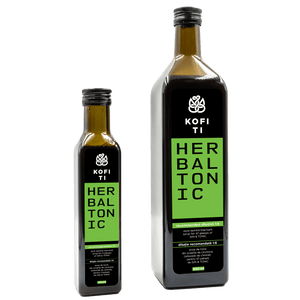Purple tea isn't a family of teas you haven't heard of (other than green, white, yellow, oolong, black, and pu er), it's a tea that comes from Camellia Sinensis trees, the classic tea tree. Buds and leaves are generally processed pu er raw (sun dried) style, but in recent years successful interpretations have started to appear in black, green and even 'yue guang bai' style (a kind of oxidized white tea slowly in the dark).
The purple in the buds and leaves is due to a pigment, anthocyanin, also present in common fruits and vegetables (eg currants, eggplants, grapes), which has the role of protecting the plant from too much UV radiation. Depending on the acidity of the sap of the plant, the color of the leaves varies: high acidity - red, medium acidity - purple, alkalinity - indigo.
Trees that produce purple buds and leaves do not exceed 1-2% of all production. Some producers mix them with normal, but others harvest and process them separately.
 +4 0765 331 103
+4 0765 331 103 contact@kofiti.ro
contact@kofiti.ro
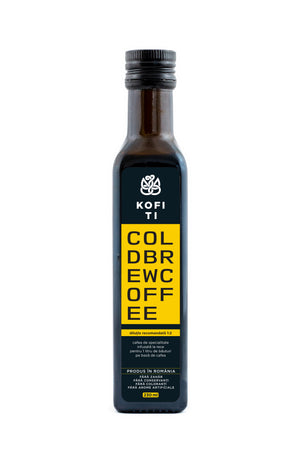
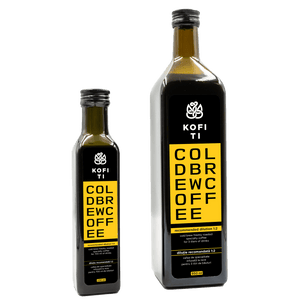
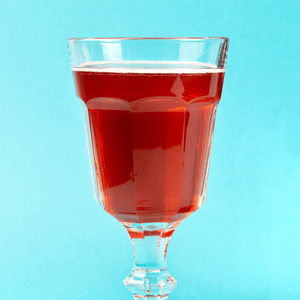
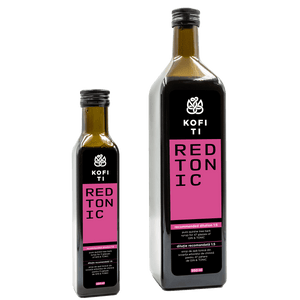
![Tonic Herbal | apă tonică din chinină naturală [sirop] freeshipping - Kofi Ti](http://kofiti.eu/cdn/shop/products/ingrediente-rama-herbal-2_ff24846f-af57-4fed-8335-0fd32d92b6df_300x.png?v=1669674113)
